Yosemite National Park







Over the last two years, I have been commissioned by the park administrators to design two sets of park entrance signs. These signs were created to assist the entrance station in communicating important reservation requirements to park patrons during periods of high volume traffic and unsupervised after-hours. The sign projects involved a restructuring of information to improve visibility and the creation of infographics to be paired with simplified instructions to ensure comprehension.






Yosemite Valley was first designated as a World Heritage Site by Abraham Lincoln in 1864. Later on, the protected territory was successfully expanded with the help of John Muir. Since this time, Yosemite National Park, beautifully nestled in the Sierra Mountains receives an average of four million visitors a year. The stunning sights and unbelievable animal encounters are shared by people from all over the world. And until the pandemic there was no restriction on entrance access, so people were free to come and go as they pleased.
In 2020, as the coronavirus pandemic spread across the world, we all had to do our best to adjust in order to lessen the spread of the disease. After the shutdown and mandatory shelter-in-place, Yosemite had to implement a way for visitors to enjoy the amenities and sights while also minimizing the potential for an outbreak within the park boundaries. This lead to a daily visitor capacity limit and a reservation requirement. Park administrators worked diligently to create a new online reservation system and installed detailed signage at park entrances.
In the months that followed, what the park administrators came to realize is the signs were either being missed or misunderstood. It was discovered visitors entering after hours had their required reservations but did not understand they were to self-confirm in absence of a ranger at the entrance stations. I was brought in to redesign the current after-hours signage and envision a set of signs to be placed along the road leading to all entrance stations.






The first project was to redesign the after-hours entrance station signs that were currently in use, pictured here. The point of these was to get park patrons arriving after-hours to self-confirm their reservation pass on a slip of paper and display it on the dashboard of their car. I was contracted to break down the instructions into three simple steps, ideate how these steps can be displayed visually, and pair the simplified instructions with the created infographics in a way that would quickly catch the attention of the arriving visitors and easily aid them in properly confirming and displaying their reservations.
The second project was to conceptualize a set of three 13 foot stake signs that would be placed along the roads leading to all entrance stations. These signs were to use the same icons and match the branding style created by a previous designer for a flyer that was currently in use, pictured here. I was contracted to design one sign that would communicate arrival times from designated points to the entrance stations during high-traffic periods. The other two signs were to communicate reservation-only access to the park in both English and Spanish.






And so, I got to work. My goal was to visualize the signs from the visitor's perspective. As a visitor driving in my car, potentially not a native English speaker, what would catch my attention? What would communicate to me the requirement for a reservation to enter the park? How would I know to self-confirm this reservation if the entrance station was unsupervised?







With the after-hours entrance sign, I solved these questions by:
-
Moving the instructions up so they are adjacent to the form box in order to better communicate the call of action
-
Dividing the instructions into three smaller parts so they are more easily disseminated
-
Designing an infographic for each step to portray the need for action and to be inclusive of all languages
-
And, increasing the contrast between the sign content and background so the information can be easily seen in both daylight and night hours







When the park is utilizing the reservation system, these signs are placed at each entrance station during unsupervised hours. These newly designed signs, with their enhanced visibility and simplification, have:
-
greatly improved visitor compliance with the after-hours reservation self-confirmation process
-
drastically decreased confusion regarding the reservation pass requirements
-
and, the need for additional assistance has all but disappeared
Using the same process, I then tackled the road stake signs. From the perspective of a visitor who perhaps is used to Yosemite being open to everyone, who did not check the website prior to driving to the park, and is otherwise unaware of the reservation system in order to enter...What would catch my attention while driving along a mountain road? What would cause me to slow down and study a sign further? What is the most important information I need to know?




.jpg)
.jpg)

.jpg)

With the road stake signs, I solved these questions by:
-
Aligning the signs vertically in order of important information, so the most pertinent message would be read first
-
Using font size to quickly catch attention and communicate vital information
-
Strategically utilizing the brand colors to highlight keywords that would draw further attention to the main message
-
And, including the previously designed icons to easily disseminate information and encourage the visitor to read further







During the high-traffic visitor season, generally May through August, these signs are placed on the snow stakes lining the roads leading to the entrance stations. This visitor season when the signs were used they:
-
decreased the number of visitors being turned away at the entrance station due to a lack of reservation
-
sped up the number of cars entering the park per hour by answering frequently asked questions prior to arriving at the entrance station
-
and, improved overall visitor satisfaction by providing an approximated arrival time